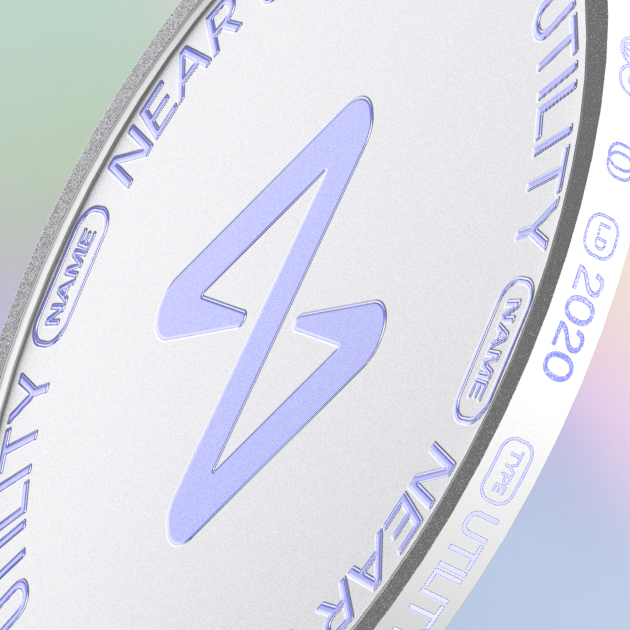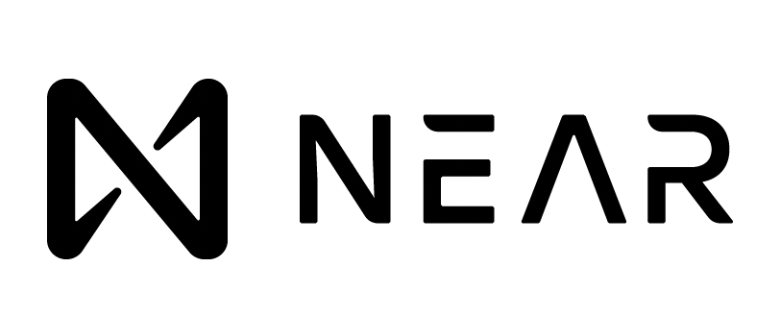What is NEAR Protocol (NEAR)? An introduction to NEAR
MoonPay explains NEAR Protocol, the young project that offers an easy entry into decentralized finance (DeFi) at scale.
By Sankrit K

Every so often an altcoin will emerge that promises to be revolutionary. Yet one of the most disruptive is Ether, the cryptocurrency that powers the Ethereum network.
While Bitcoin introduced a new mode of value exchange, Ethereum provided a way to decentralize the world's payment systems. Nevertheless, Ethereum has some bottlenecks, creating a vacuum that other cryptocurrency projects are racing to fill.
There have been many attempts by token creators to make the next "Ethereum-killer." Solana showed potential but is often criticized due to its frequent outages and centralized infrastructure.
Another cryptocurrency, NEAR by NEAR Protocol, is an alternative option that offers many of the features of ETH 2.0 and then some.
This article provides a bird's eye view of NEAR, the problems it solves, and what the token's future looks like.
What is NEAR cryptocurrency?
NEAR is the native cryptocurrency of NEAR Protocol, a layer-1 blockchain solution that uses a Delegated Proof of Stake consensus model to validate transactions. NEAR Protocol intends to provide a highly scalable solution for dApps using “Simple Nightshade” a unique sharding design that is more scalable and energy efficient than traditional Ethereum-style sharding.

Delegated Proof of Stake (or "DPoS") is a variation of the Proof of Stake (PoS) consensus model.
You can learn more about PoS here.
NEAR was founded by Alex Skidanov (an ex-software developer at Microsoft) and Illia Polosukhin (ex-engineering manager at Google). They set out to build an open-source project that would be able to meet global computational requirements for applications without a single point of failure.
Simply put, NEAR was to be like Amazon Web Services (AWS) but decentralized.
According to Crunchbase, NEAR Protocol raised more than $530 million over eight funding rounds. A further 35 million NEAR tokens (from a total supply of 1 billion) were sold to early-stage investors.
How does NEAR work?
The NEAR Protocol doesn’t aim to replace other blockchains but to facilitate interoperability between them and enable a multi-chain future.
To achieve that while being secure, decentralized, fast, and reliable, the protocol employs the following:
- Doomslug
- Simple Nightshade
- Rainbow Bridge
Doomslug
Doomslug is NEAR's method of generating blocks.
It is a modification to the DPoS whereby the network is able to achieve practical finality with just one round of confirmation. Finality is the process by which blockchain transactions are considered irreversible.
The finality that blockchains aim to achieve (and should achieve for maximum security) is Byzantine Fault Tolerance (BFT) finality.
NEAR's “practical finality” or “doomslug finality” refers to the finality that is achieved after one round of confirmation without any of the validators having their stake slashed.
NEAR is able to do this by randomly selecting a group of validators (called a "committee") from the pool of stake-weighted active accounts to produce each block. The block producers are then rotated after each block.
With DPoS, there is always a single leader for each shard responsible for processing transactions. With DoomSlug, however, the leader is rotated after each block. This makes it more resistant to forks and ensures that all validators have an opportunity to be a leader and process transactions.
The BFT finality is achieved later with the help of the Simple Nightshade finality gadget.
A finality gadget is a cryptographic technique that can be used to achieve BFT finality in a distributed system.
Simple Nightshade
Simple Nightshade is NEAR's sharding solution that enables the network to scale horizontally (or linearly).
Sharding is a process of breaking down a database into smaller pieces called "shards." This enables the network to process multiple transactions in parallel, which improves scalability.
NEAR has only 100 seats per shard, thus incentivizing node operators to spin up more shards as demand rises. This allows the network to scale infinitely without outages or congestion.
Rainbow Bridge
Rainbow Bridge is a tool that NEAR uses to facilitate interoperability between different blockchains.
This bridge plays a crucial part in NEAR's vision to enable a multi-chain future and to make DeFi accessible to all. Unlike conventional cryptocurrency bridges, NEAR's Rainbow Bridge is permissionless and trustless.
NEAR’s goal: make crypto easy
Above all, NEAR’s goal is ease of use. The NEAR Collective (NEAR's community of contributors, committers, and more) packed the protocol with the latest and greatest advancements in Distributed Ledger Technology and cryptography while retaining usability.
NEAR offers all users a human-readable public address for their wallet, like "yourname.near" or "yourcompanyname.near".
By replacing the extended hex code public address with a simple URL-like address, it becomes simpler for people to use and understand.
In addition, NEAR's web-based wallet, NEAR Wallet, allows anyone to send and receive crypto without having to go through the hassle of setting up a cryptocurrency wallet.
The catch is that you have to fund the wallet with NEAR before using it. This is to ensure only legitimate users, not bots, create wallets.
Where to buy NEAR
You can buy NEAR via MoonPay or through any of our partner wallet applications with a credit card, bank transfer, Apple Pay, Google Pay, and many other payment methods. Just enter the amount of NEAR you wish to purchase and follow the steps to complete your order.
Users can also top up in euros, pounds, or dollars and use MoonPay Balance when buying Near Protocol (NEAR) and other crypto tokens. Use your balance to enjoy lower transaction fees, quicker processing times, and better approval rates.






